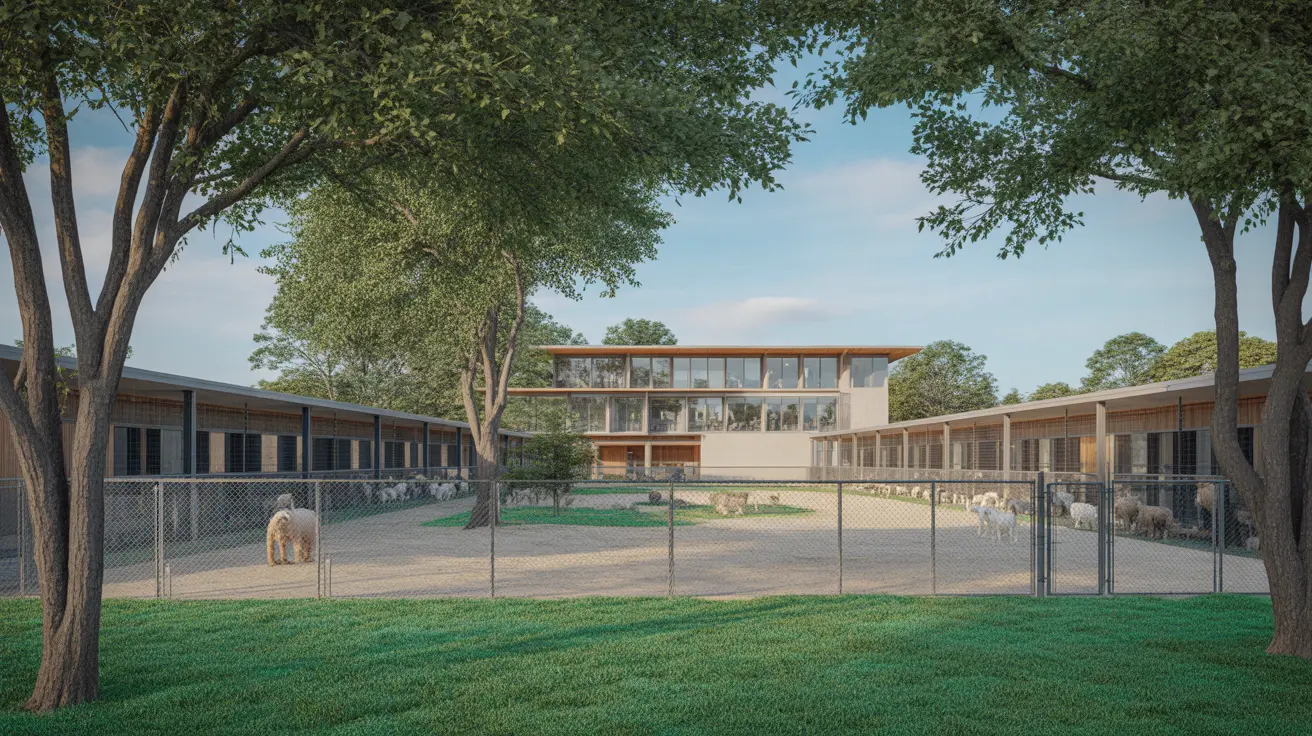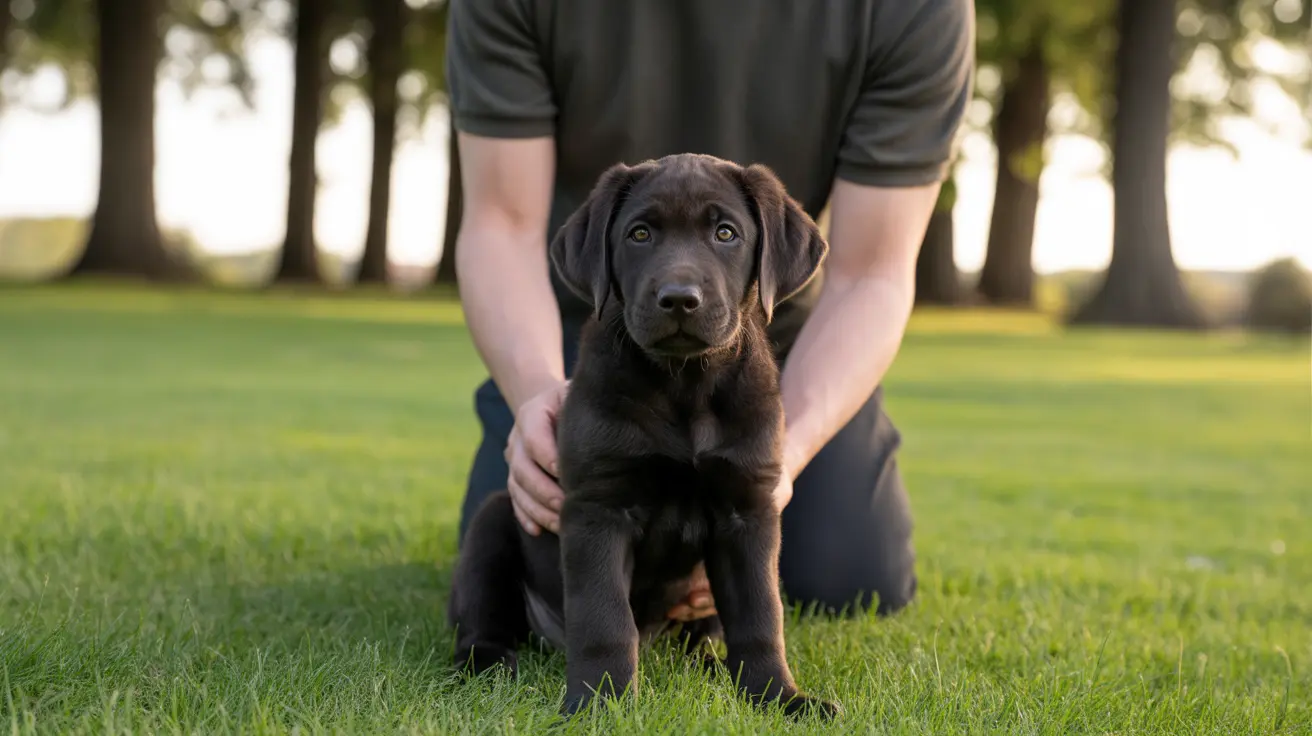Understanding the Downsides of the Great Pyrenees Dog
The Great Pyrenees is a majestic, loyal, and protective dog breed that has earned a reputation for being a devoted guardian. However, like all breeds, they come with their own set of challenges that potential owners should consider. In this article, we’ll explore the most notable
downsides of owning a Great Pyrenees to help you decide if this breed is right for your family.
1. Size and Space Requirements
- The Great Pyrenees is a large breed, frequently weighing over 100 pounds.
- They require ample space both indoors and outdoors to exercise and stretch out comfortably.
- Small living spaces, like apartments, may not offer the room they need.
2. Excessive Shedding and Grooming Needs
- This breed has a dense, weather-resistant double coat that sheds heavily, especially during seasonal changes.
- Regular grooming, at least once a week, is necessary to prevent matting and manage shedding.
- Expect dog hair around the house and on furniture.
3. Barking Tendencies
- Great Pyrenees are natural watchdogs and have a low threshold for sounding the alarm.
- They bark frequently, especially at night, to alert their owners to perceived threats.
- This behavior can be problematic in noise-sensitive living environments or neighborhoods.
4. Stubborn and Independent Nature
- They were bred to work independently, guarding livestock without human intervention.
- This independence often translates to stubbornness and a lack of obedience.
- Training requires patience, consistency, and a firm but gentle hand.
5. Socialization Challenges
- While loyal to their family, the Great Pyrenees can be wary of strangers and other animals.
- They need early and ongoing socialization to prevent territorial or aggressive behaviors.
- Unfamiliar people or pets may trigger protective instincts.
6. High Exercise Demands
- Despite their calm demeanor indoors, these dogs need regular physical activity to stay healthy.
- Daily walks and playtime in a secure backyard are important.
- Boredom can lead to destructive behaviors like digging or escaping.
7. Escaping and Roaming Instincts
- They have strong protective instincts and may roam to patrol their territory.
- Fences must be high and secure to prevent escapes.
- Owners should supervise them when outside to avoid conflicts with neighbors or wildlife.
8. Medical Expenses and Longevity
- Being a large breed, they are prone to issues like hip dysplasia, bloat, and joint problems.
- Routine vet care and potential treatments can become expensive over time.
- Their average lifespan ranges from 10 to 12 years.
9. Not Ideal for First-Time Dog Owners
- Due to their independence and guarding instincts, they are best suited for experienced handlers.
- Proper training and an understanding of canine behavior are essential for managing this breed effectively.
- Without leadership, they may become dominant or uncooperative.
10. Weather Sensitivity
- Though their thick coat is ideal for cold climates, they can struggle in hot weather.
- They need access to shade, cool water, and limited activity during high temperatures.
Should You Get a Great Pyrenees?
While the Great Pyrenees is an excellent family protector and a loving companion, they require a specific kind of owner. If you lead an active lifestyle, live in a cooler rural area, and have experience handling large dogs, they can be incredibly rewarding pets. However, if you're looking for a low-maintenance or quiet dog, this may not be the breed for you.
Understanding the challenges beforehand ensures a better match between you and your canine companion. The Great Pyrenees, with proper care, training, and space, can bring loyalty and joy into your home for many years.





